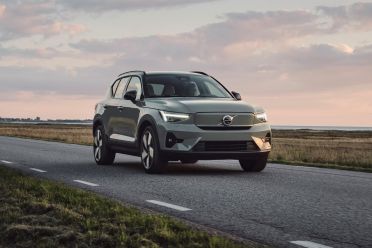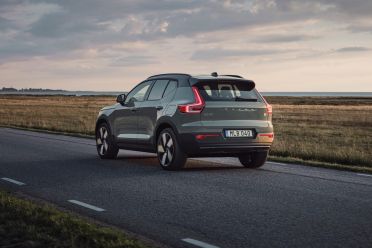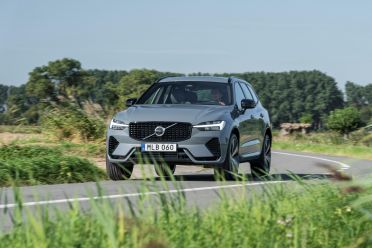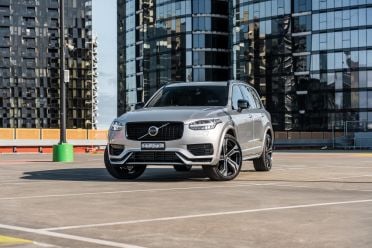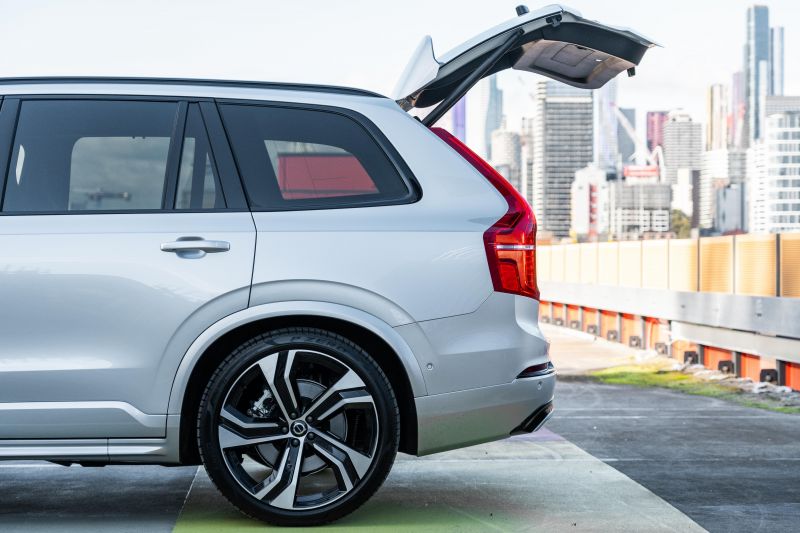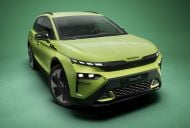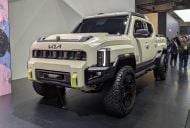Not only does Volvo want to be pure-electric in Australia, it wants to become a top-three player in our country’s luxury sales race.
Volvo Australia boss Stephen Connor said the brand wants to be selling 20,000 electric vehicles per year locally by 2026 which, based on 2021 sales data, would make it larger than Audi (~15,000 sales).
Key to hitting that figure is the decision to transition to electric power only by 2026.
“I’m not hunting for Audi, I’m not trying to be better and bigger than them because it’s a status thing – and this isn’t about Audi, this is just my view of other manufacturers. I think some of the other manufacturers have misunderstood consumer sentiment, and I think this is the biggest problem you will find,” Mr Connor said.
“If you don’t understand consumer sentiment, you will get lost in the pack or you’ll get left behind. That is why we’re going early, because I genuinely believe that is what our consumers want today.”
The brand is on track to sell around 12,500 cars in 2022, although Mr Connor says demand is there for up to 14,500 sales this year. That makes it bigger than Lexus locally already.
Its sales have grown drastically over the past few years; in 2021 the brand sold 9028 cars Down Under, and in 2020 it delivered 7700 according to VFACTS sales data.
Its current top seller is the XC40 small SUV, with 3842 sales to date in 2022, ahead of the larger XC60 (2829 sales) and the seven-seat XC90 (1105 sales).
The ambitious push to grow sales is part of a broader brand transformation.
Although upstarts such as Tesla, BYD, and its corporate cousins at Polestar are already electric-only, Volvo plans to be the first brand to fully transition to pure-electric power in Australia having previously offered petrol, diesel, and plug-in hybrid options locally.
“If our product was available today, I would probably put our hands up. We could do it today. I think the consumer is ready for it, I really do,” Mr Connor said.
Volvo sales in Australia since 2010:
- 2010: 4945
- 2011: 5272
- 2012: 5375
- 2013: 5174
- 2014: 4693
- 2015: 4943
- 2016: 5878
- 2017: 4681
- 2018: 6693
- 2019: 7779
- 2020: 7700
- 2021: 9028
- 2022: 8131 (to end of September)
MORE: Volvo commits to go EV-only in Australia by 2026 – Everything you need to know





